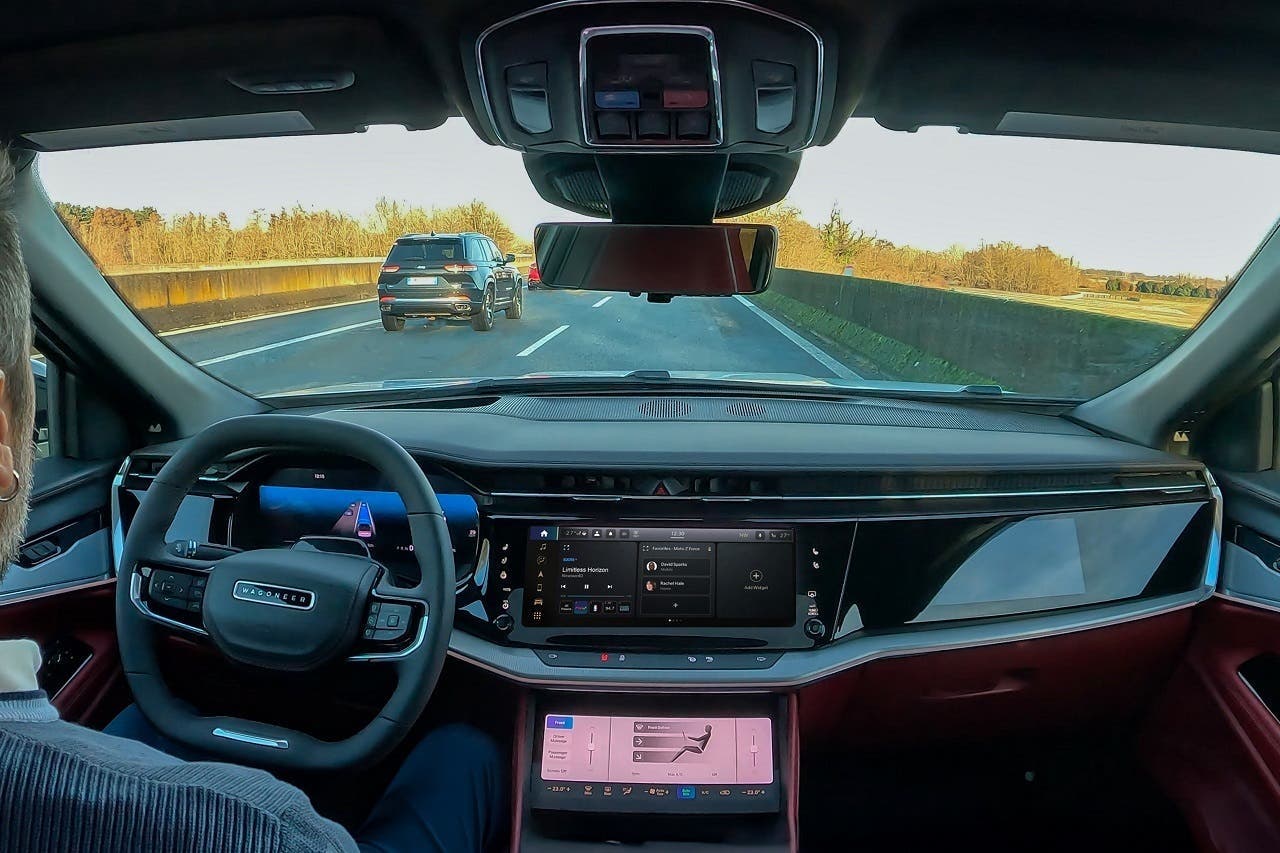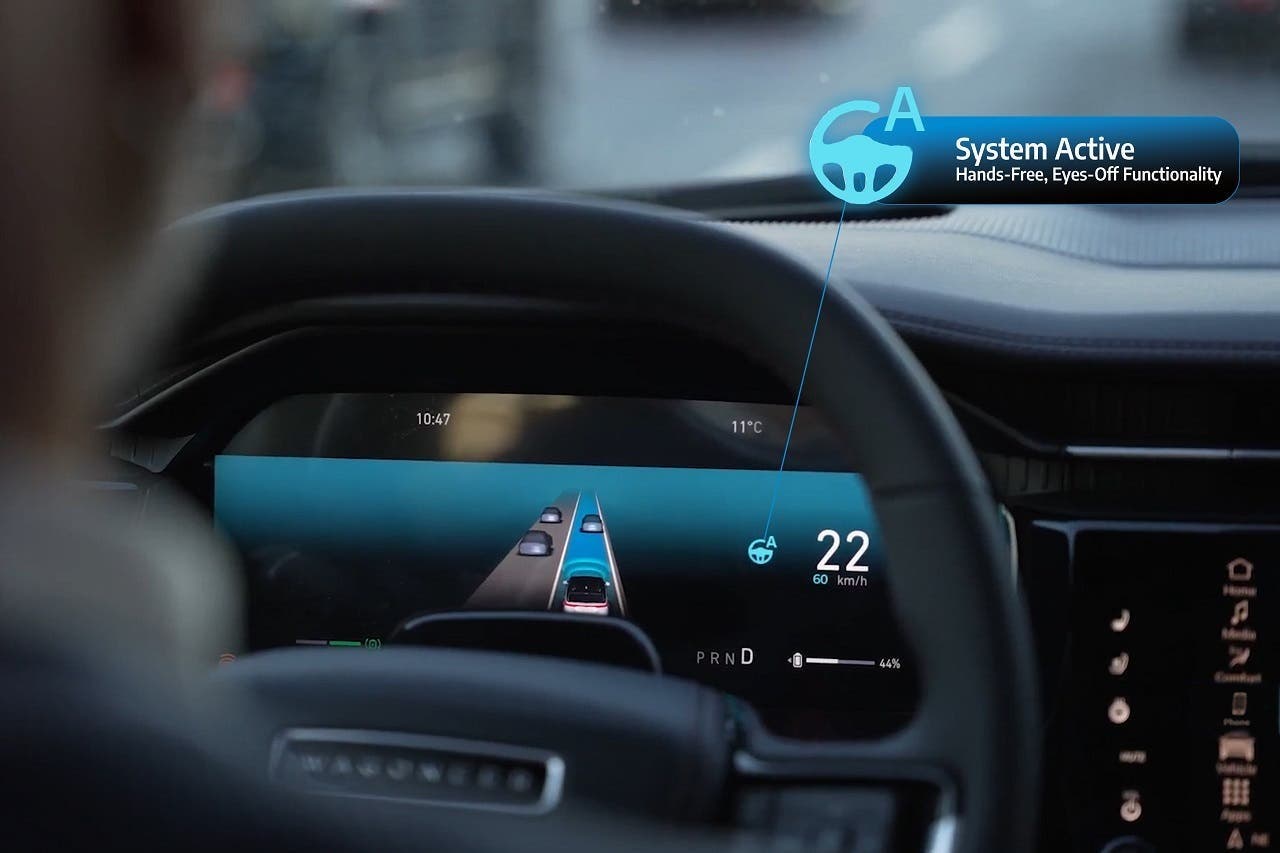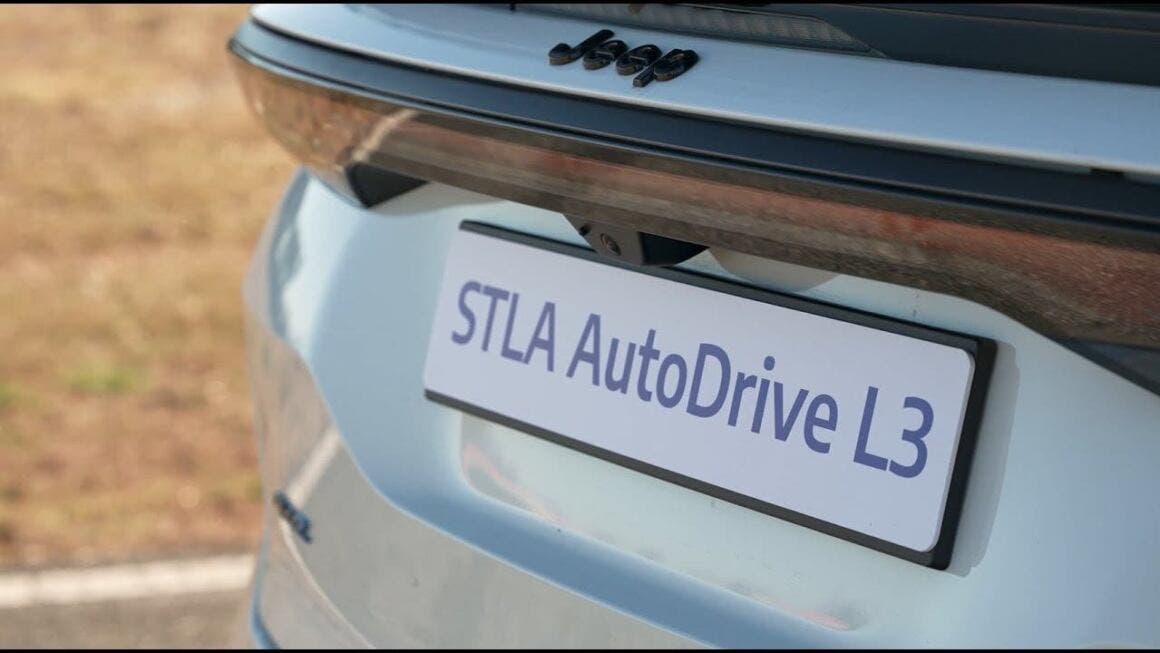The AutoDrive project, once touted by Stellantis as a cornerstone of its tech strategy, has hit a major setback. According to Reuters, the group has decided to suspend development of its first Level 3 autonomous driving system, citing high costs, technical challenges, and, most importantly, doubts over real consumer interest.
Stellantis freezes development of Level 3 autonomous driving: high costs, low demand

Just a few months ago, in February, Stellantis presented the system as ready for rollout, highlighting advanced functions such as the ability to take hands off the wheel and eyes off the road under certain conditions. Among the promises was the idea of turning the cabin into an entertainment hub, allowing drivers to watch movies or check emails while traveling. Today, however, three sources close to the matter describe the program as “frozen,” with no short-term launch plans.
Officially, Stellantis insists the technology is ready but admits that consumer demand is still too low to justify deployment. The work already done won’t be abandoned, with the company stating that the expertise gained will flow into future iterations of AutoDrive, though it remains unclear whether Level 3 autonomy will be revived.
AutoDrive was originally unveiled by former CEO Carlos Tavares in 2021 as one of the three pillars of the “STLA ABC” digital platform, alongside the SmartCockpit and the STLA Brain electronic architecture. Yet the entire industry is now grappling with rising development costs, shortages of specialized talent, and regulatory hurdles, factors slowing progress compared to more agile players like Tesla and Chinese automakers.
To accelerate development, Stellantis has relied on aiMotive, a startup it acquired in 2022, tasked with building the next generation of AutoDrive. However, the group has been forced to revise its plans: the partnership with Amazon for the SmartCockpit has ended, with an Android-based system set to replace it.

According to internal sources, Stellantis is increasingly shifting software development to external suppliers, focusing only on customer-facing features. As Stuart Taylor of consultancy Envorso explained: “Automakers are realizing they can’t do everything themselves. The initial risk and costs are too high, especially for technologies like ADAS.”
New CEO Antonio Filosa, who succeeded Tavares amid falling sales and steep losses, will need to redefine Stellantis’ strategy by early 2026. Meanwhile, Stellantis shares have plunged over 40% in the past year, closing at $9.93 in New York after another 2% drop in the latest session.
The scaling back of AutoDrive marks a step backward for Stellantis, which had targeted €20 billion in annual revenue from software and digital services by the end of the decade, a goal that now looks far more difficult to achieve in a competitive environment where every delay risks becoming a lost opportunity.
